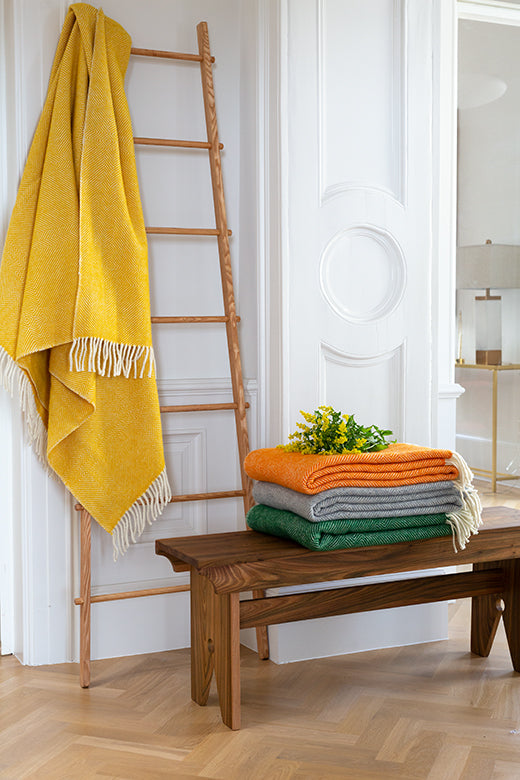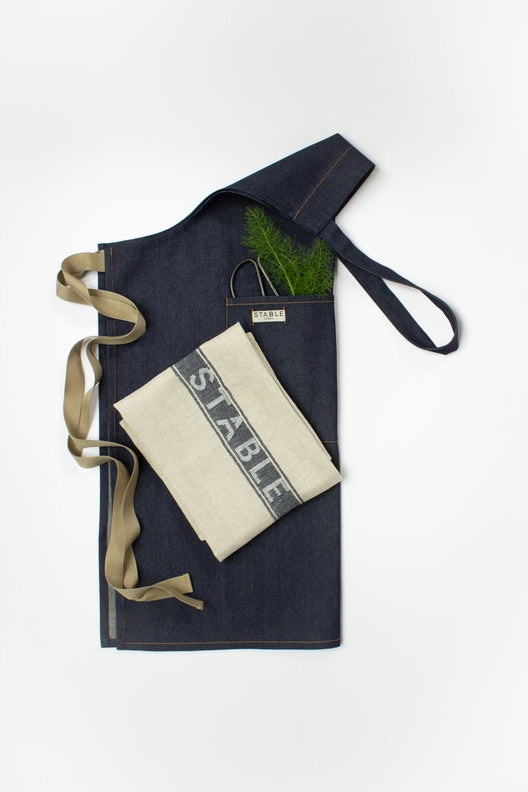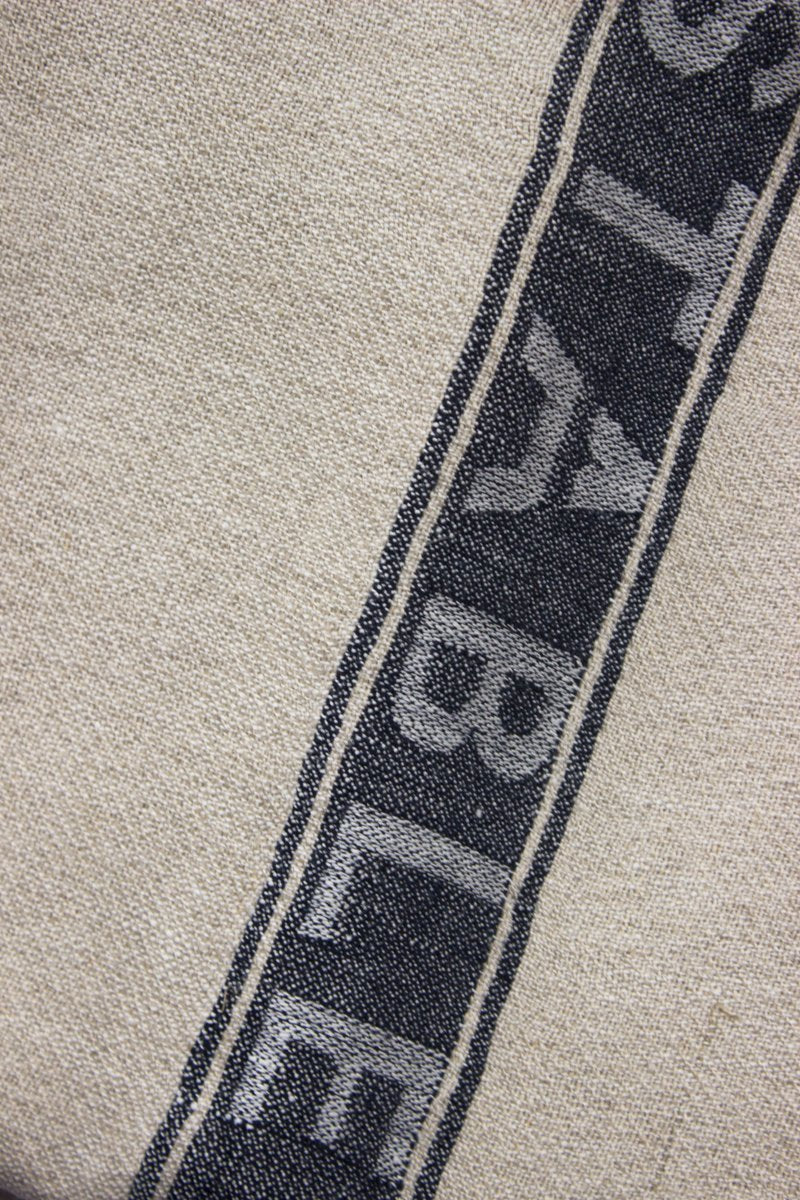>> 15th December is last shipping date for orders to USA & CAN + non-UK/EU <<
>> 15th December is last shipping date for orders to USA & CAN + non-UK/EU <<
Accessories for Home
Accessories to Wear
Women / Men
Lookbooks
The Irish Tricolour

Flown Worldwide with Price
Living Collection
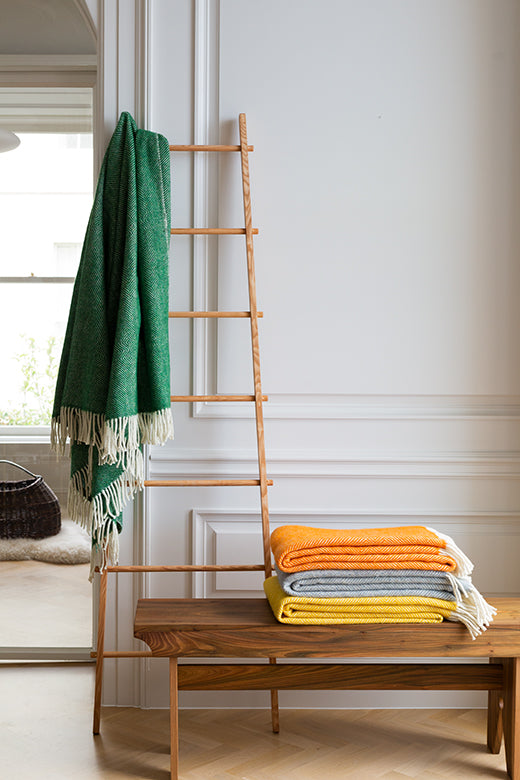
Irish Luxury at Home
STABLE Celebrates
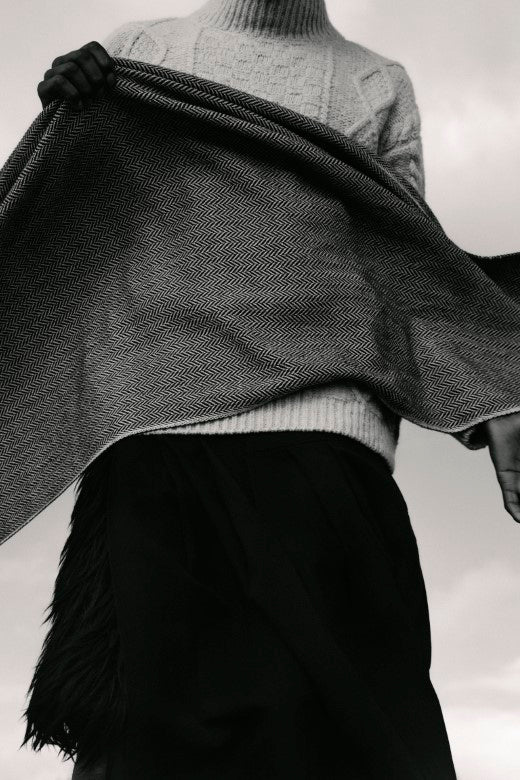
Irish Design Celebrated
The Donegal Aran

Iconic Irish Garmant
Our Story
Journal
Subheading
Irish Delft and Spongeware
One of the joys of pottering around country antique stores and auction houses around Ireland, is that you'll sometimes find an old jug, platter or bowl on a dresser or in a pile that is roughly and simply decorated with a repeat pattern in one or two colours and is well worn with use. These are likely to be Irish spongeware delft.
The origins of spongeware date back to the seventeenth century, though these days you're likely to see only pieces from the nineteenth century. The ware is made from clay, typically simply shaped for practical use and locally made and fired. The magic is the decoration: crude pieces of sponge were cut to shape and used to spot-mark the ware in simple patterns. Some pieces are more intricate than others but we love the humour and personality in each and all.


Spongeware was typically stored on a dresser and used daily: plates for meat and potatoes, bowls for porridge, jugs for milk and tea. These were hard-working items in the home and would regularly be replaced due to breakages. Many people would have decorated their own ware. By cutting out a cow or a flower sponge, the characters of the makers reveal themselves. Sadly, most of the ware is unsigned or dated so we don’t know why a particular sponge decoration was picked and who designed it and stamped it on the delft. But for sure, the imagination runs and we can see the stories these beautiful pieces tell.
Irish cottages were industrious places in the 18th and 19th centuries. Flax was spun to make Irish linen thread or wool yarn: often a loom was kept in a shed for weaving Irish tweed. There was livestock and hens, fields for potatoes. Families were large, so the collections of Irish spongeware delft were large too. Unfortunately, because they were so well used, the wear and tear meant they didn't last. So, if you come across one, enjoy it!

Featured products
Suggested articles
What's next?
Get the first look at exclusives by Ireland's best weavers and makers in Irish design, Irish linen, Irish crafts and Irish gifts.
